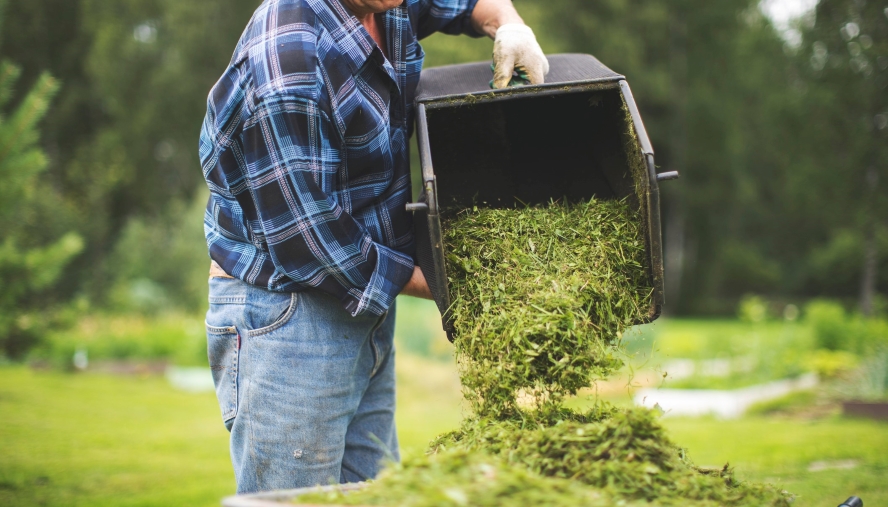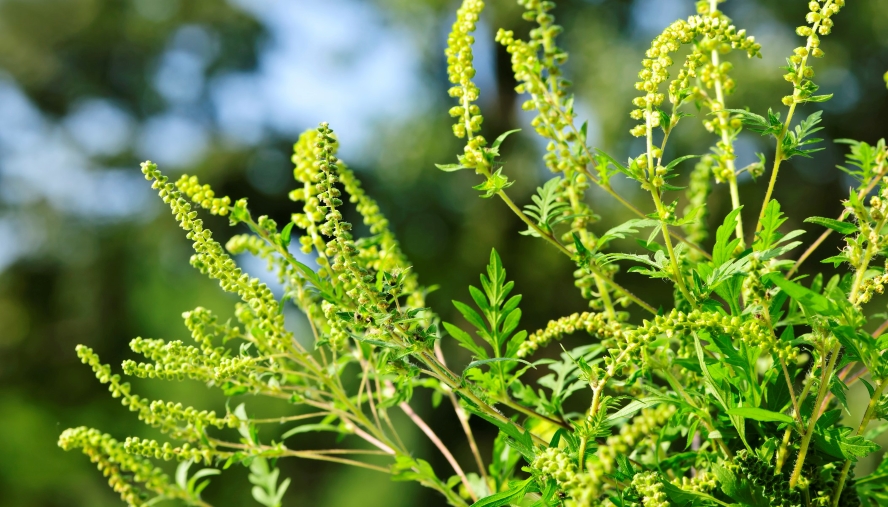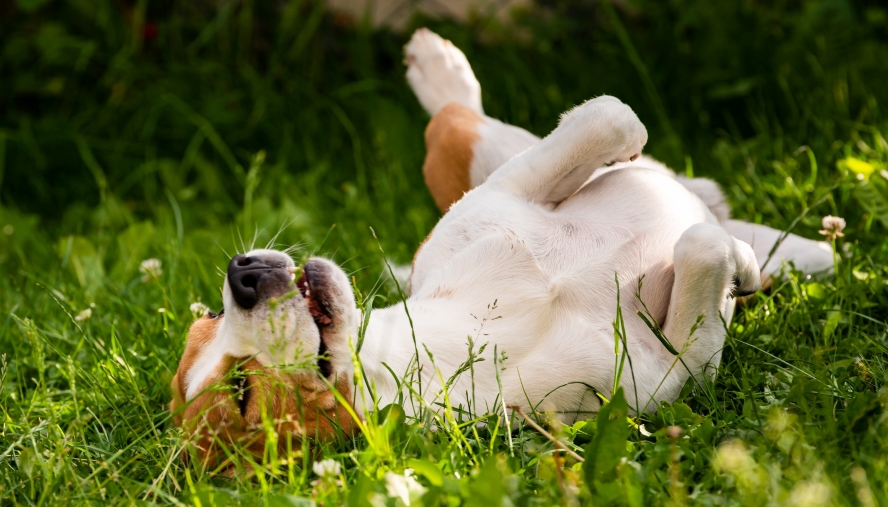5 Common Colorado Allergens That Can Get in the Way of Gardening
This information was reviewed and approved by Flavia Cecilia Lega Hoyte, MD (4/1/2024).
For those who have a green thumb, springtime means getting back to gardening. However, depending on where you live, your flowerbeds and vegetable rows also may host numerous allergens. If you have pollen allergies, exposure to trees, grasses and/or weeds can put a damper on your seasonal hobby if you’re not prepared.
Making sure you’re on top of your medications by taking them regularly and before allergy season begins is a great way to stay ahead of allergic reactions. But it also helps to be able to identify the usual suspects that might be causing you to drop your spade and dig out a tissue.
We’ve detailed five common springtime allergens in Colorado so that you can take the precautions you need to enjoy the season. Useful tips include covering your skin with clothing and making sure you shower as soon as you come back inside. As always, talking with your doctor about the specific symptoms you’re experiencing is extremely helpful in controlling allergies.

Mold
Your compost pile is a great source for fertilizer. However, it’s also a breeding ground for mold. Mold spores can cause people with mold allergies to have symptoms. If you find that your eyes are itching or that you’re coughing while handling things like dried leaves, soil, and bark mulch, you may have a mold allergy. People can also experience an irritant effect from these exposures. Reducing your contact with compost as much as possible and substituting rock mulch for bark mulch can make a big difference. Wearing a mask while working in the yard may also be helpful.

Turf Grass
Grass allergies are very common, and, if you’re trying to tend to your lawn or garden, this allergen is difficult to avoid. The most common grass allergens are the pollen from Bermuda, Johnson, Kentucky Blue, Sweet Vernal and Timothy grasses. Grass usually pollinates in the late spring and summer seasons. High winds will pull pollens into the air and carry them for miles. Once inhaled, these pollens can cause a variety of symptoms, including runny noses and itchy or watery eyes. Replacing turf grass with groundcovers or other plants you’re not allergic to can be a good way to reduce your exposure. Wearing a mask while mowing your lawn, or seeing if someone else can mow the lawn, might help decrease your symptoms.

Cottonwood Trees
If your allergies flare up like clockwork around springtime, cottonwood trees (or other trees) are another likely culprit. These are common in backyards everywhere and begin pollinating during in the spring. As with turf grass, cottonwood pollens are whipped up by the wind. Keeping an eye on daily local pollen counts can give you an advantage when dealing with this allergy. You also can wear a mask when you garden if a nearby cottonwood tree is causing symptoms. Remember that cottonwood trees actually release their pollen months before the “cotton” begins to fly off the tree. This “cotton” is actually the seed of the female flower being released on a parachute, which can blow quite far when windy out. If you are having a flare-up of allergies when you see the “cotton” blowing around, you could be experiencing irritant-induced symptoms from the “cotton” or actual allergies from the grass that is pollinating during the summer months.

Ragweed
Ragweed is another common allergen during gardening season. In fact, this allergy affects almost 50 million people in the U.S. and sometimes results in asthma symptoms for people who have allergic asthma. Reactions to ragweed can range from mild to severe. Ragweed, like other allergenic weeds, pollinates mostly in the late summer and fall seasons. Talk with your doctor if you’re experiencing symptoms like rashes, hives or difficulty breathing. Covering up your eyes, nose and mouth by wearing a mask, hat, or glasses can go a long way in protecting you from a ragweed allergy.

Pets
If you have pets, you’re not going to be the only member of your household bringing allergens inside after a day out in the garden. Indoor/outdoor pets like cats and dogs like to roll around in the grass, accumulating all sorts of pollen on their coats. Next time you cuddle with your cat or let your dog sleep on your bed, you may be exposing yourself to a heavy dose of allergens. Make sure to wipe down your pets when they come inside. Bathe them frequently and keep them out of the bedroom if you’re having symptoms.
If you or a loved one is experiencing symptoms, schedule an appointment with one of our allergists or learn more about our program.
